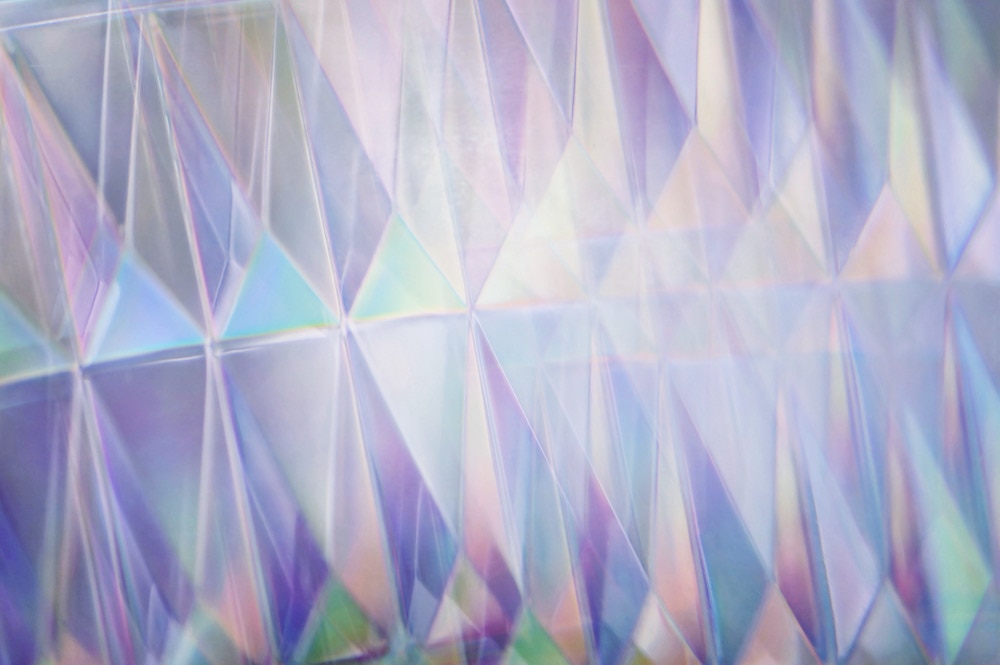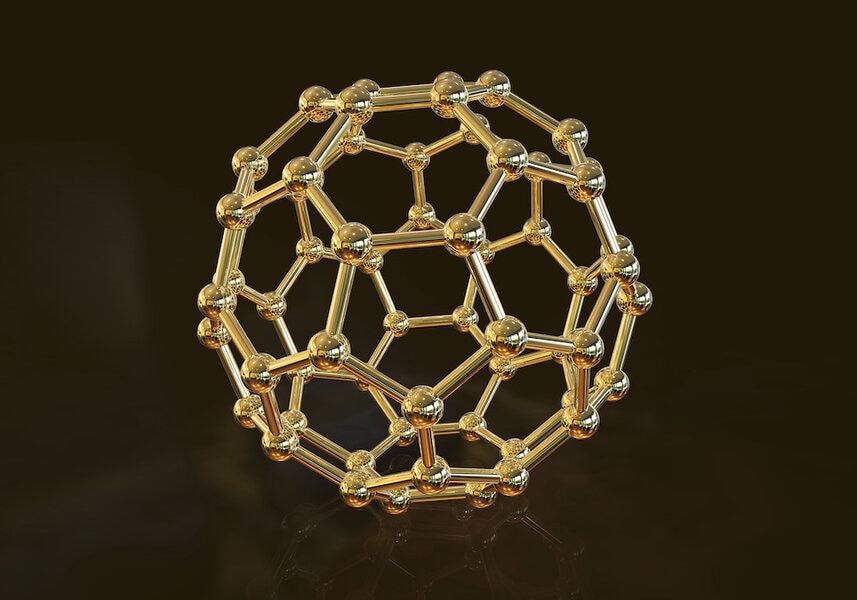Create a free profile to get unlimited access to exclusive videos, sweepstakes, and more!
Windows are getting an upgrade as scientists craft diamond glass from buckyballs
We hope this doesn't make phones even more expensive!

Diamonds are often hailed as being one of the strongest materials in the world. Though, strength can be measured in myriad ways. Diamonds are one of the hardest materials on this planet, forged inside the intense heat and pressure of the Earth. But they’re also expensive, which makes them unsuitable for use in large, mass-produced structures which might benefit from their properties, like windows or screens.
As a result, the search for ultra-hard transparent materials — like the famed transparent aluminum from Star Trek: The Voyage Home — has been ongoing for years and it might, finally, be over.
Scientists at Jilin University in China, and colleagues, have come up with a way to produce diamond-like glass from a unique form of carbon. Their findings were published in the journal Nature.
Creating new amorphous materials — materials which lack long-range crystalline structure — holds a lot of potential for materials science. But crafting one from diamond itself is nearly impossible, owing to its incredibly high melting point of more than 4,000 degrees Celsius (more than 7,000 degrees Fahrenheit). As far as humans are concerned, for the most part, once you’re a diamond, you stay a diamond.
Still, when it comes to forming stable structures there are few things in nature which are better than carbon. Depending on the sorts of bonds it has, carbon can take the shape of the malleable graphite in your pencil which is soft enough to write with, or incredibly strong graphene which is tough enough to balance an elephant on top of that pencil without being pierced.
With diamonds out of the picture as a source material, scientists turned to other forms of carbon and landed on buckyballs. Buckyballs are the common name of buckminsterfullerene, the most common form of naturally occurring fullerene. They contain 60 carbon molecules arranged in a soccer-ball shape.
In order to make the sort of material they were looking for, researchers needed to convince the buckyballs to lose their spheroid shape, and it required a lot of coaxing. Under enough pressure, fullerene will collapse, so scientists placed the balls into a multi-anvil press at pressures close to the collapse boundary and temperatures of roughly 1,000 degrees Celsius, mimicking the processes which occur deep within the Earth.
This caused the structures to lose their shape, becoming amorphous before settling into a diamond-like structure. Similar structures had been manufactured before, but this new process allowed scientists to create samples thousands of times larger than previously produced. While they are still only millimeters in size, they are large enough to be characterized by electron microscope scans.
The relatively low temperature needed to transform fullerene into amorphous diamond-like glass opens doors to larger manufacturing and real-world applications. Moreover, changing the temperature appears to affect at least some properties of the glass. The team created several small samples of varying colors. Many of them were yellowish while some had a brown hue and others were nearly colorless.
Unlike diamonds, the samples’ internal structures only had medium-order, which means the atoms don’t arrange themselves along a plane across long distances. As a result, they contain the highest hardness, elasticity, and thermal conductivity of any known amorphous material.
How exactly these new materials are used in the real-world will require building even larger pieces. However, its thermal and optical properties have the potential for applications in a number of scientific fields as well as in our everyday lives.
Protective cases for phones and window replacements may be dying industries as we swap out our devices and upgrade our homes to diamond-like material.
We don’t know about you, but we feel fancier already.















